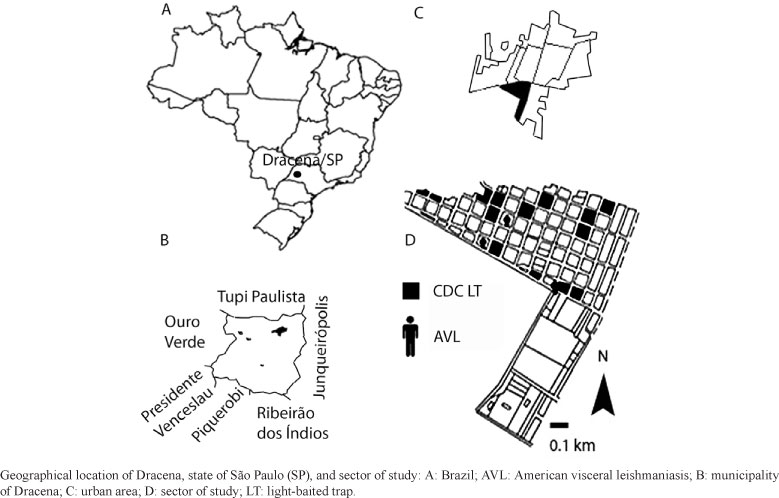The specimen distribution pattern of a species can be used to characterise a population of interest and also provides area-specific guidance for pest management and control. In the municipality of Dracena, in the state of São Paulo, we analysed 5,889 Lutzomyia longipalpis specimens collected from the peridomiciles of 14 houses in a sector where American visceral leishmaniasis (AVL) is transmitted to humans and dogs. The goal was to analyse the dispersion and a theoretical fitting of the species occurrence probability. From January-December 2005, samples were collected once per week using CDC light traps that operated for 12-h periods. Each collection was considered a sub-sample and was evaluated monthly. The standardised Morisita index was used as a measure of dispersion. Adherence tests were performed for the log-series distribution. The number of traps was used to adjust the octave plots. The quantity of Lu. longipalpis in the sector was highly aggregated for each month of the year, adhering to a log-series distribution for 11 of the 12 months analysed. A sex-stratified analysis demonstrated a pattern of aggregated dispersion adjusted for each month of the year. The classes and frequencies of the traps in octaves can be employed as indicators for entomological surveillance and AVL control.
American visceral leishmaniasis; log-series distribution; dispersion index; Lutzomyia longipalpis





